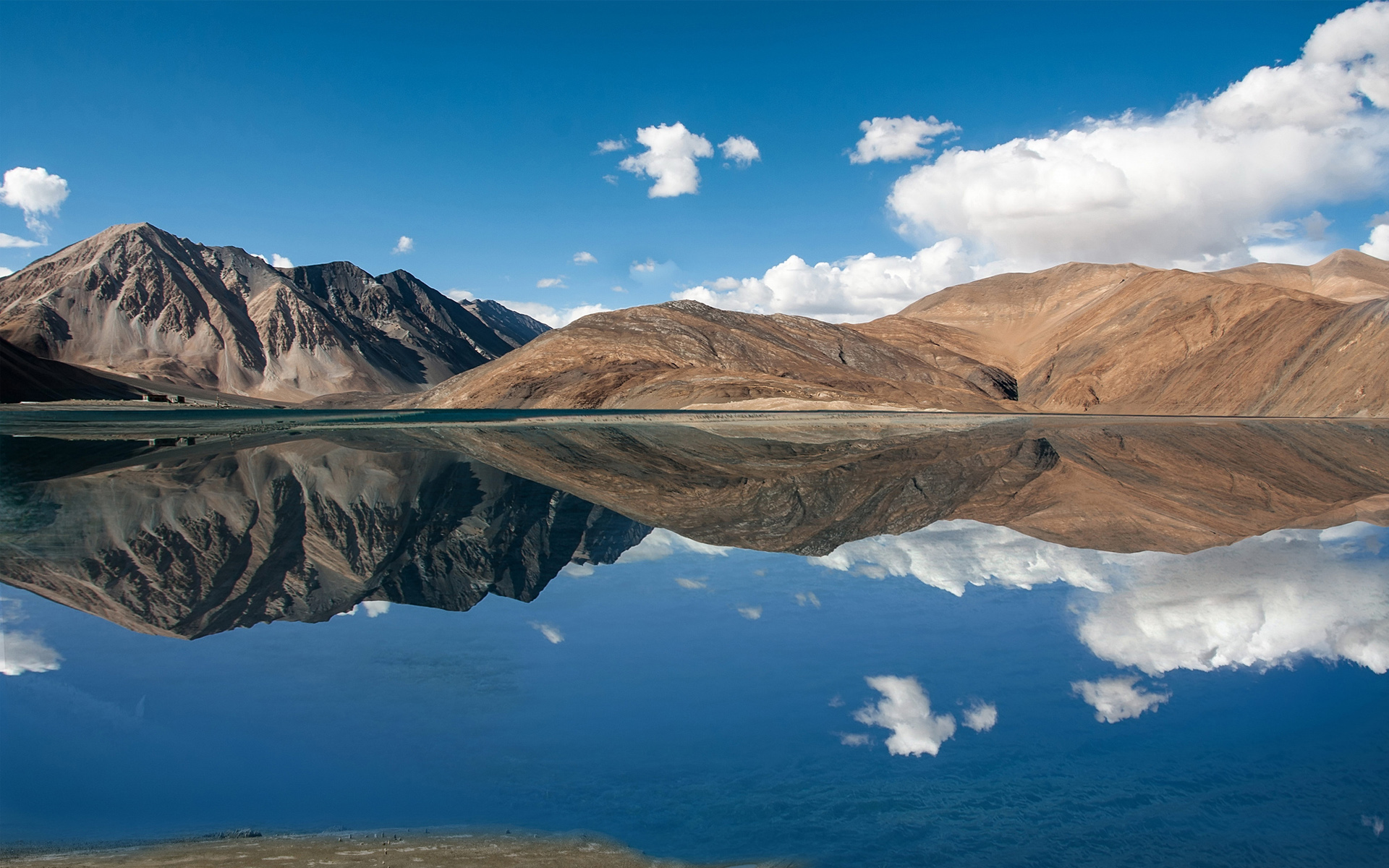Learn everything about staying in a traditional Kashmiri houseboat, from amenities and food to booking tips and best locations on Dal Lake.
Introduction
Kashmir and Ladakh, nestled in the northernmost part of India, are regions of extraordinary beauty and cultural richness. With their snow-capped mountains, pristine lakes, and vibrant traditions, they offer travelers an experience unlike any other. This guide aims to provide comprehensive information about the best time to visit these Himalayan paradises, helping you plan your journey for the optimal experience.
_1616939741465_1616939754002.jpg?height=400&width=800)
Kashmir: Season by Season
Spring (March to May)
Spring is widely considered the most beautiful time to visit Kashmir. As the snow begins to melt, the valley transforms into a colorful paradise with blooming tulips, daffodils, and apple orchards. The famous Tulip Festival in April showcases millions of tulips in Asia's largest tulip garden. Temperatures range from 10°C to 25°C, making it perfect for sightseeing and outdoor activities.
Summer (June to August)
Summer brings pleasant weather to Kashmir, with temperatures typically between 15°C and 30°C. This is the peak tourist season when visitors can enjoy boating on Dal Lake, trekking in Pahalgam, and gondola rides in Gulmarg. The meadows are lush green, and the famous gardens of Srinagar are in full bloom. However, be prepared for larger crowds and higher prices during this period.
Autumn (September to November)
Autumn paints Kashmir in golden hues as the leaves of chinar trees turn russet and gold. This season offers a unique photographic opportunity with stunning landscapes. The weather remains pleasant with temperatures between 10°C and 20°C, and tourist crowds begin to thin out, allowing for a more peaceful experience.
Winter (December to February)
Winter transforms Kashmir into a snow-covered wonderland. Gulmarg becomes a premier skiing destination, while Srinagar offers the unique experience of staying in houseboats on the frozen Dal Lake. Temperatures can drop below freezing, ranging from -2°C to 10°C. While some areas may be inaccessible due to heavy snowfall, winter offers a magical experience for those seeking snow adventures and breathtaking snowy landscapes.
Ladakh: When to Visit
Unlike Kashmir, Ladakh has a much shorter tourist season due to its high altitude and extreme weather conditions.
Summer (June to September)
This is the only time when Ladakh is fully accessible, as the mountain passes open up after the winter snow melts. Temperatures range from 15°C to 30°C during the day but can drop significantly at night. This is the ideal time for trekking, motorcycle tours, and visiting high-altitude lakes like Pangong and Tso Moriri. The Hemis Festival in June/July is a major cultural attraction.
Shoulder Seasons (May and October)
These months offer a less crowded experience, though some areas might still be inaccessible. May sees the first opening of roads, while October offers the last chance to visit before winter sets in. Temperatures can be quite cold, especially at night.
Winter (November to April)
Most of Ladakh is inaccessible during winter as heavy snowfall blocks the mountain passes. However, for adventure enthusiasts, the famous Chadar Trek on the frozen Zanskar River is available in January and February. Only attempt winter visits if you're well-prepared for extreme cold and limited facilities.

Practical Tips for Different Seasons
What to Pack
- Spring/Autumn: Light woolens, comfortable walking shoes, sunscreen, and rain protection
- Summer: Light cotton clothes, sun hat, sunglasses, sunscreen, and a light jacket for evenings
- Winter: Heavy woolens, thermal wear, snow boots, gloves, and insulated jackets
- Ladakh (any season): Always pack layers, as temperatures can vary dramatically between day and night
Health Considerations
For Ladakh, altitude sickness is a serious concern. Allow at least 24-48 hours for acclimatization upon arrival. Stay hydrated, avoid alcohol, and consider preventive medication after consulting with your doctor. In Kashmir, standard travel health precautions apply, with particular attention to safe drinking water.
Conclusion
The best time to visit Kashmir and Ladakh ultimately depends on your preferences and the experiences you seek. Whether it's the colorful blooms of Kashmir's spring, the adventure-filled summer in Ladakh, or the snowy wonderland of winter, each season offers its unique charm. Plan according to your interests, and you're sure to have an unforgettable Himalayan journey.




